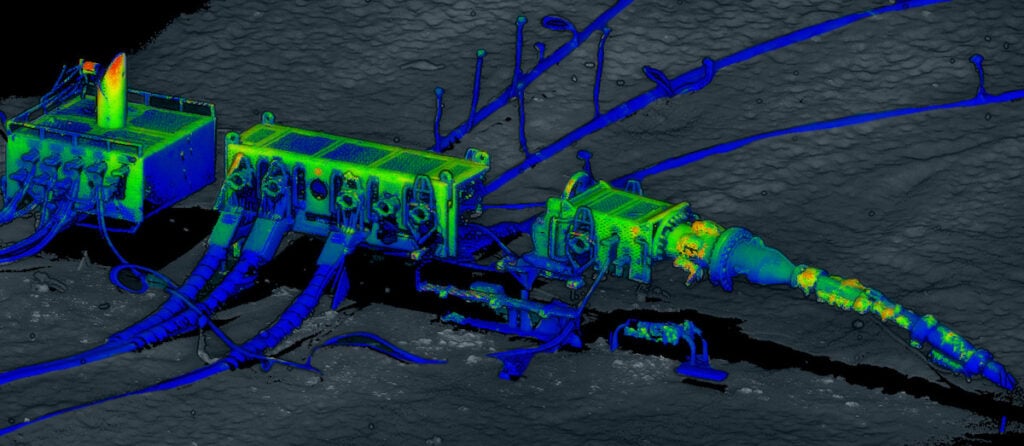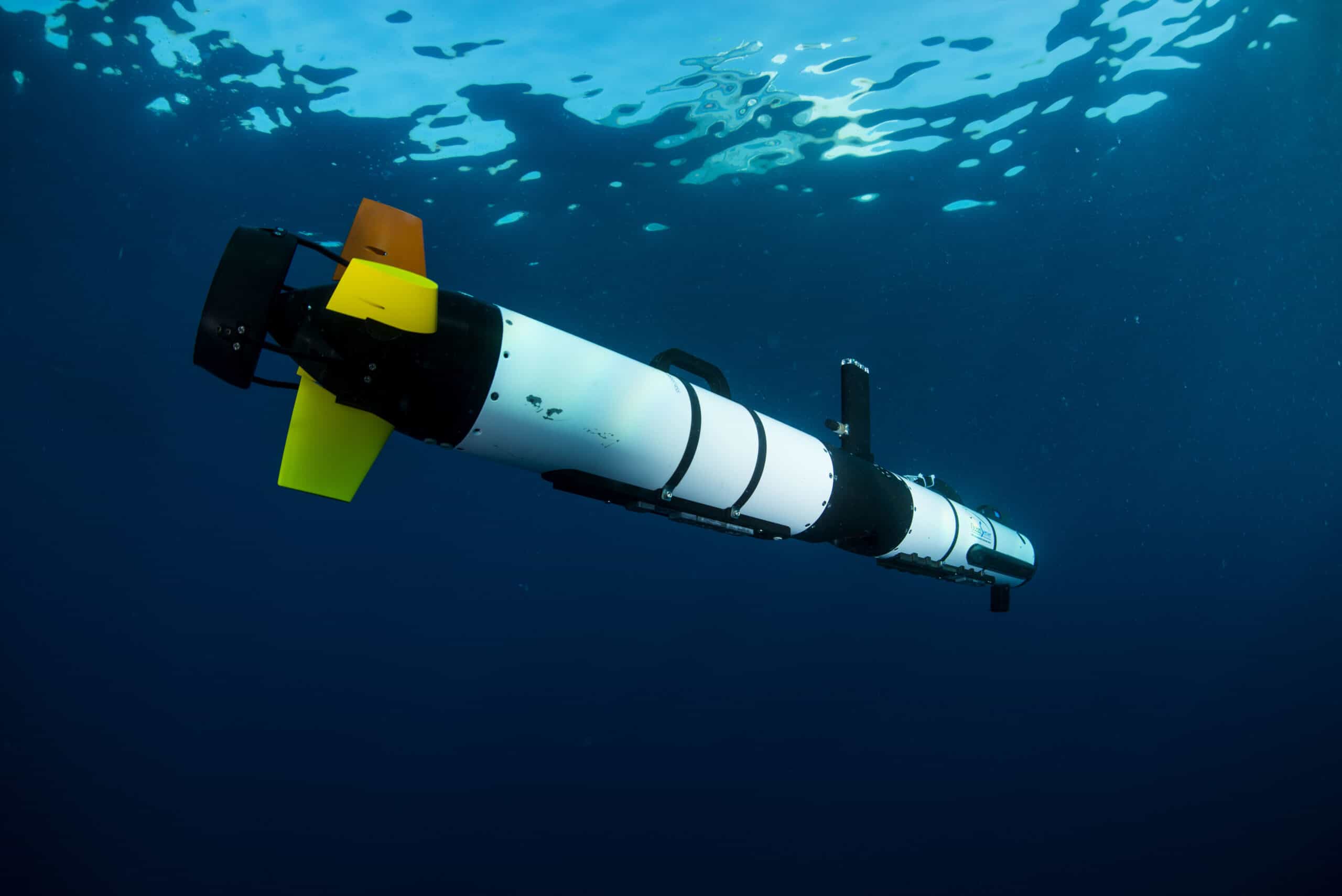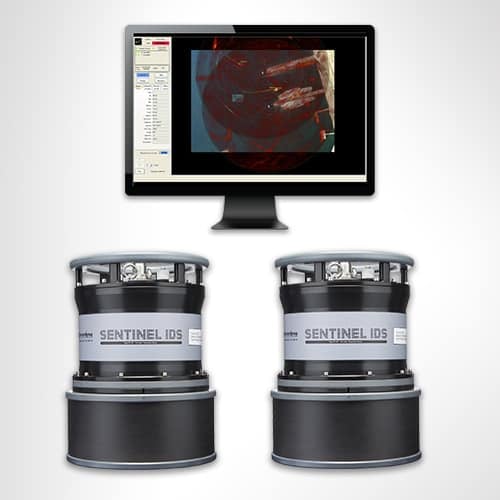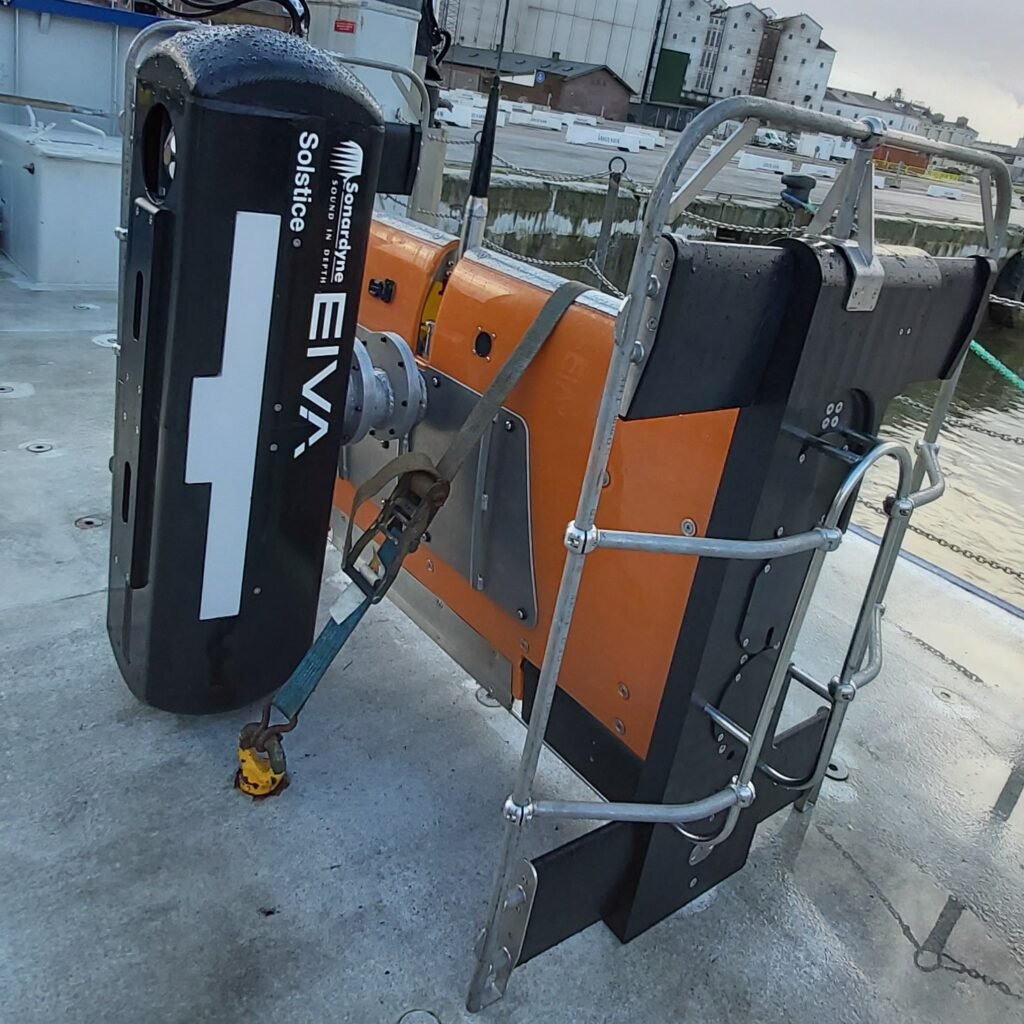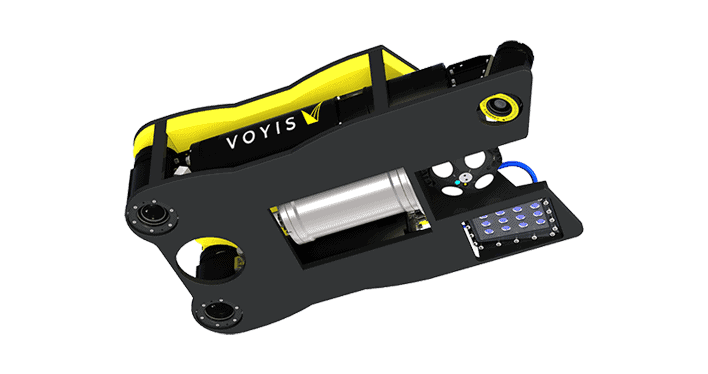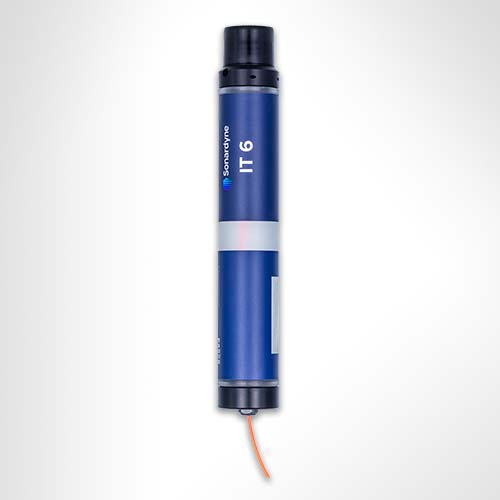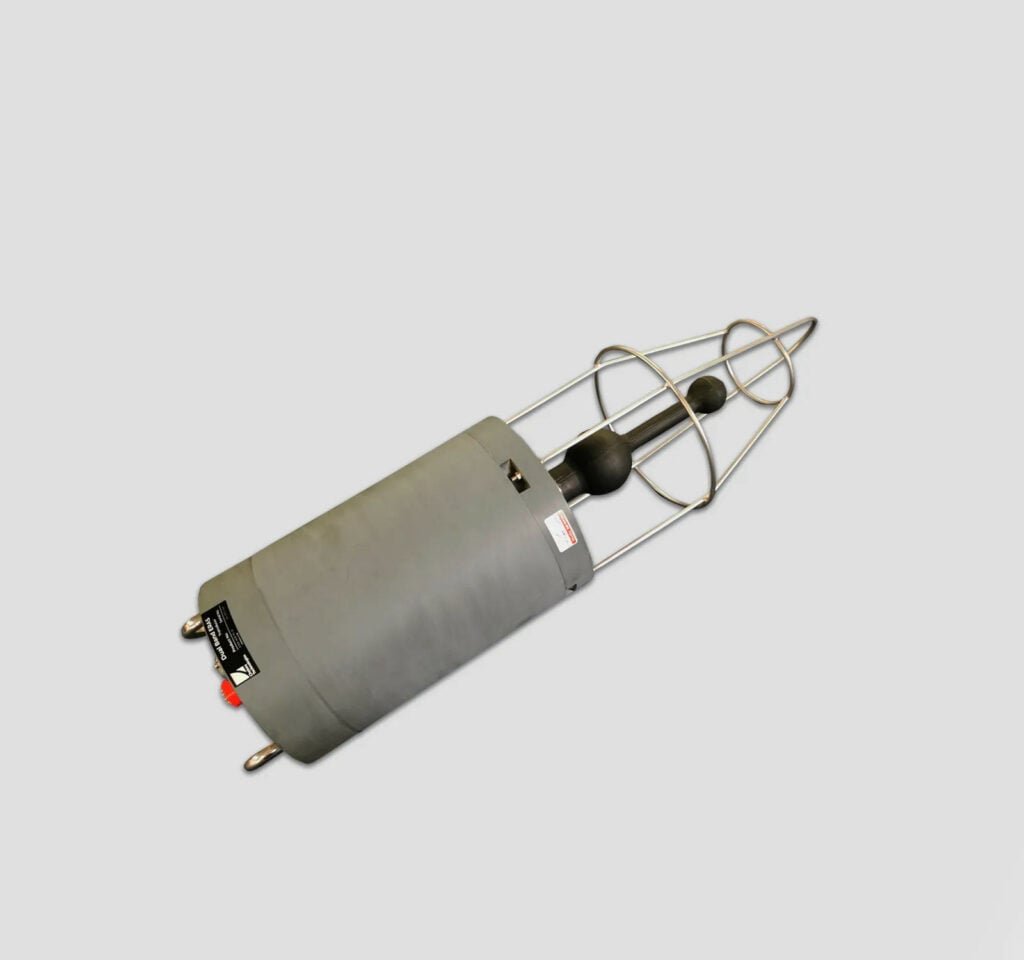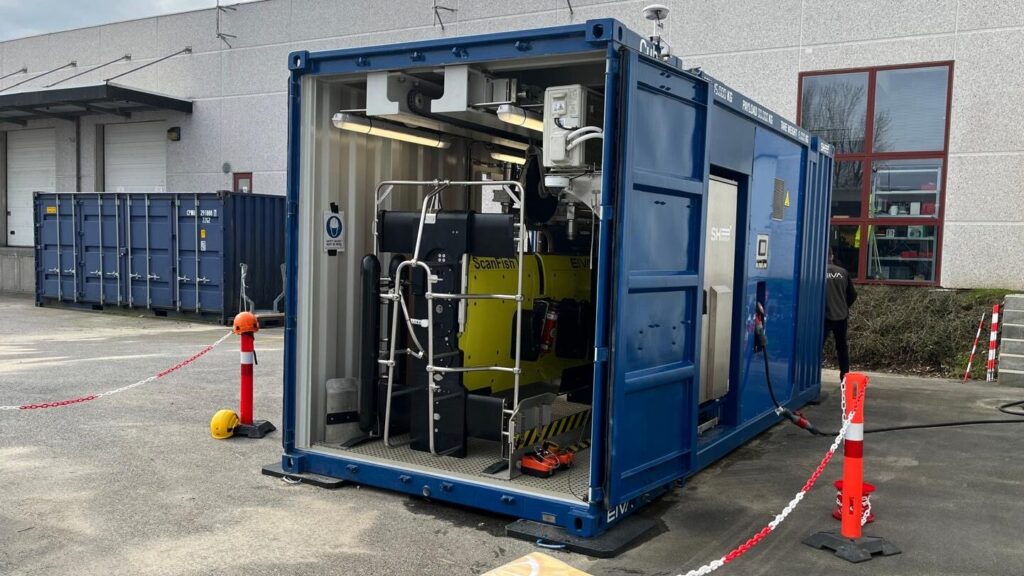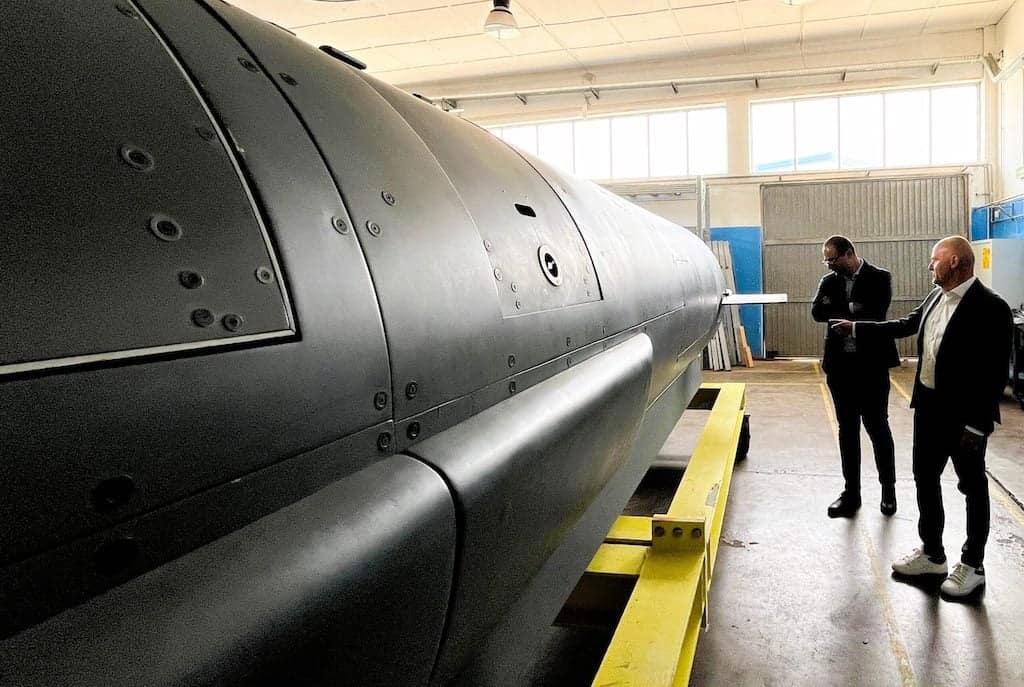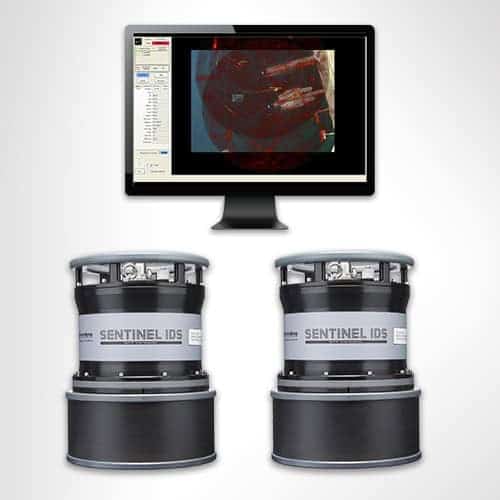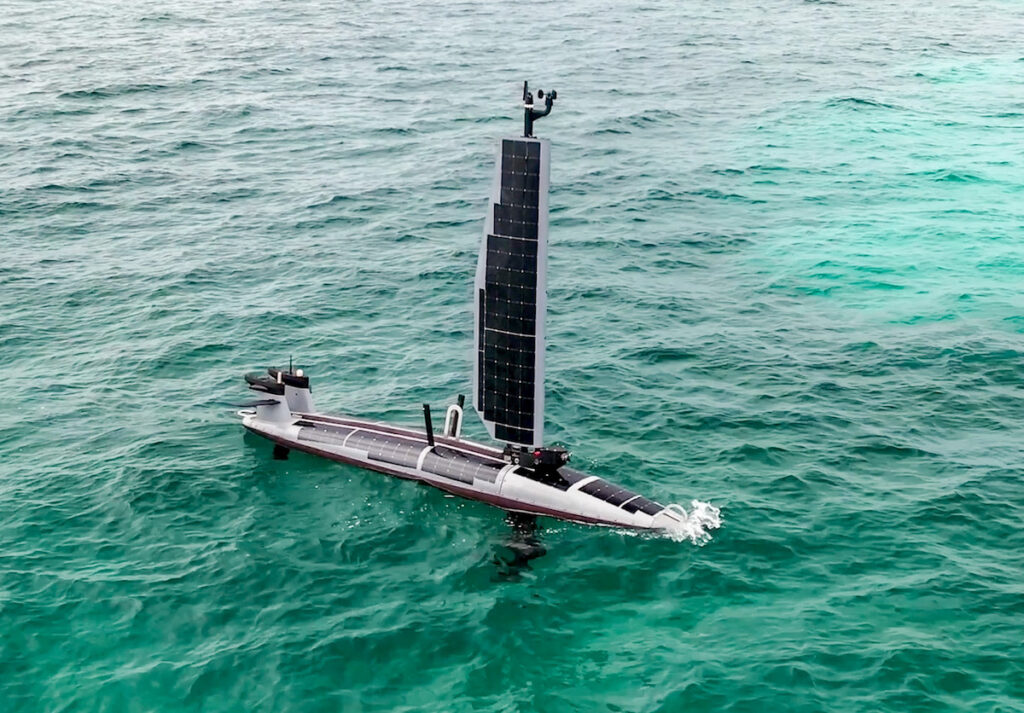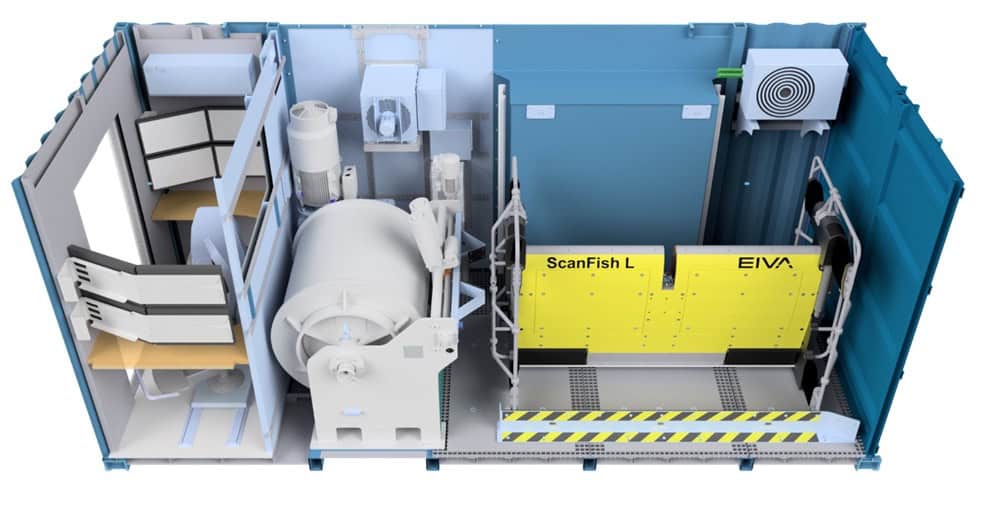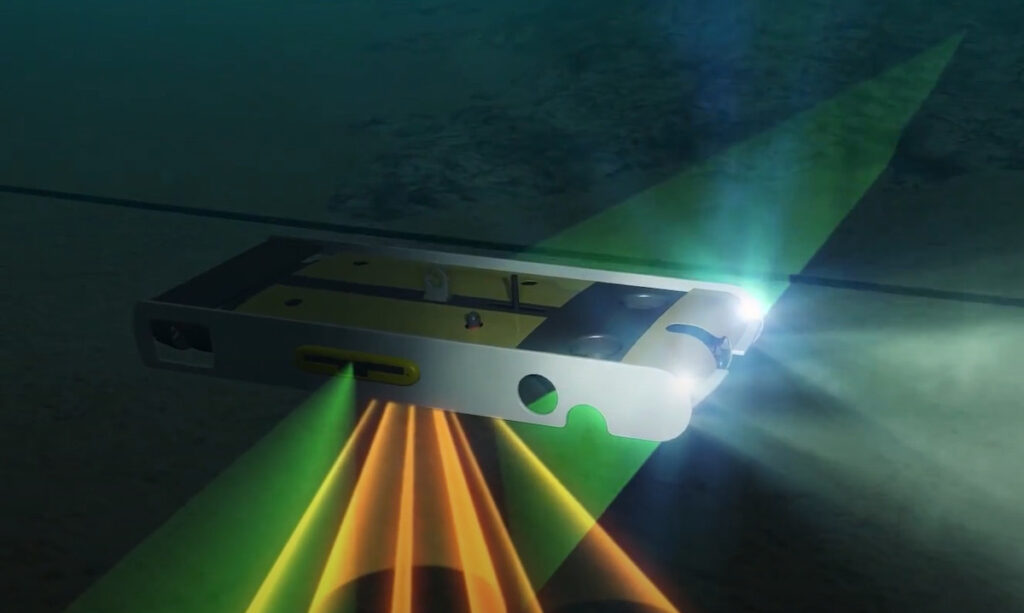
Recent developments in underwater conflict have shifted focus toward advanced, autonomous technologies designed to protect and disrupt subsea infrastructure. Critical global assets—such as fiber optic cables, offshore energy platforms, and pipelines—are vulnerable targets on the seabed, making their defense a growing strategic priority.
Forcys, together with its technology partners, delivers solutions designed to serve both commercial needs and military requirements. The Sentinel represents a leading underwater counter-drone system. Initially designed to detect, track, and identify combat divers, it has since been enhanced to also follow the movements of underwater drones.
Connectivity from Seabed to Shore
Forcys’ partner Sonardyne is globally recognized for its expertise in creating underwater equipment for positioning, sensing, and communication. These battery-powered instruments are capable of long-term deployment and environmental monitoring. They function within integrated networks and can exchange data with underwater platforms using secure acoustic or optical methods.
In coastal zones, a specially designed buoy — like the ToughBoy from technology partner EIVA — can serve as a relay, providing real-time connections to shore. In deeper waters, data can be retrieved periodically by uncrewed surface vessels (USVs). These systems are designed for simple deployment and recovery, delivering long-duration surveillance where needed.
Payloads for Underwater Platforms
Designed to enhance situational awareness, these payloads can be mounted on autonomous vehicles or swimmer delivery platforms to collect detailed and accurate environmental data. This function is critical for examining the seabed and related infrastructure.
For instance, Forcys’ partner Wavefront Systems provides the Solstice sonar, a multi-aperture system capable of detecting mines and similar threats over wide areas. Meanwhile, Voyis’ Recon AUV is equipped with a laser scanner and optical sensor for high-precision identification of these objects.
These combined tools strengthen the ability to monitor and protect underwater infrastructure, support informed decision-making, and adapt to the dynamic undersea threat environment.
Maintaining the Advantage in Seabed Warfare
Technological advancements in the underwater domain mirror the disruptive impact of drones in modern aerial warfare. Subsea systems increasingly feature autonomous capabilities, with underwater vehicles now capable of navigating complex environments, gathering intelligence, and adapting to dynamic conditions. These technologies are already deployed in tasks like mine countermeasures and infrastructure monitoring.
Future naval operations are expected to integrate fewer personnel at sea, relying instead on remote operators supported by networks of autonomous platforms. These intelligent systems will span a range of sizes and functions, reacting to sensor data and assisting in decision-making. The long-term objective is to enhance operational efficiency and safety by combining human oversight with autonomous subsea assets across the underwater battlespace.





